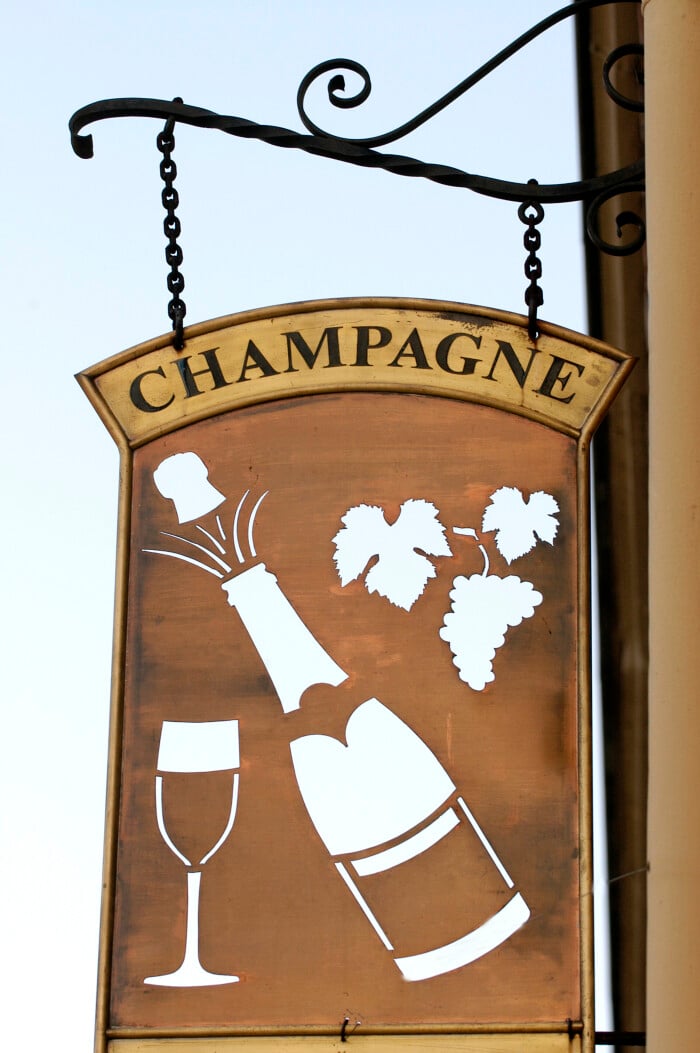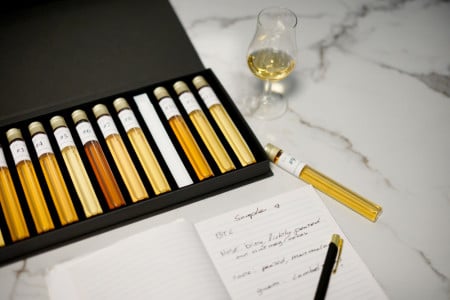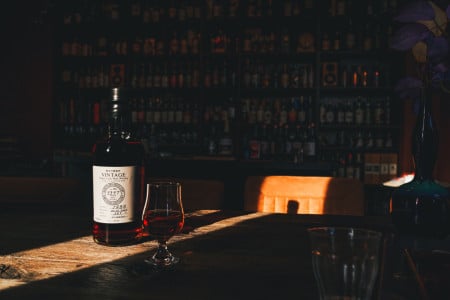The French region of Champagne, famous for its sparkling wines, begins 150 kilometres northeast of Paris and extends over five departments: Marne, Aube, Aisne, Haute-Marne and Seine-et-Marne. This allows the region to be divided into five sub-areas. Namely, Côte des Blancs (berühmt für seinen Champagner von Salon und Cazals), Montagne de Reims (Krug, Prevost), Côte de Cézanne, Vallée de la Marne and Côte des Bar (Louise Brison), through which the Aube flows, which is why the latter area is also simply called Aube.
Those who delve deeper into the subject of champagne are the first to learn these five sub-regions by heart, which together cover 34,000 hectares of vineyards. Because they often have a defining influence on the style of this noble sparkling wine. It may come as a little surprise that the Côte des Bar has not officially been part of Champagne for even 100 years. In fact, it was only added in 1927. And that was only after some very bloody fighting. Let's delve into the turbulent history of Champagne.









